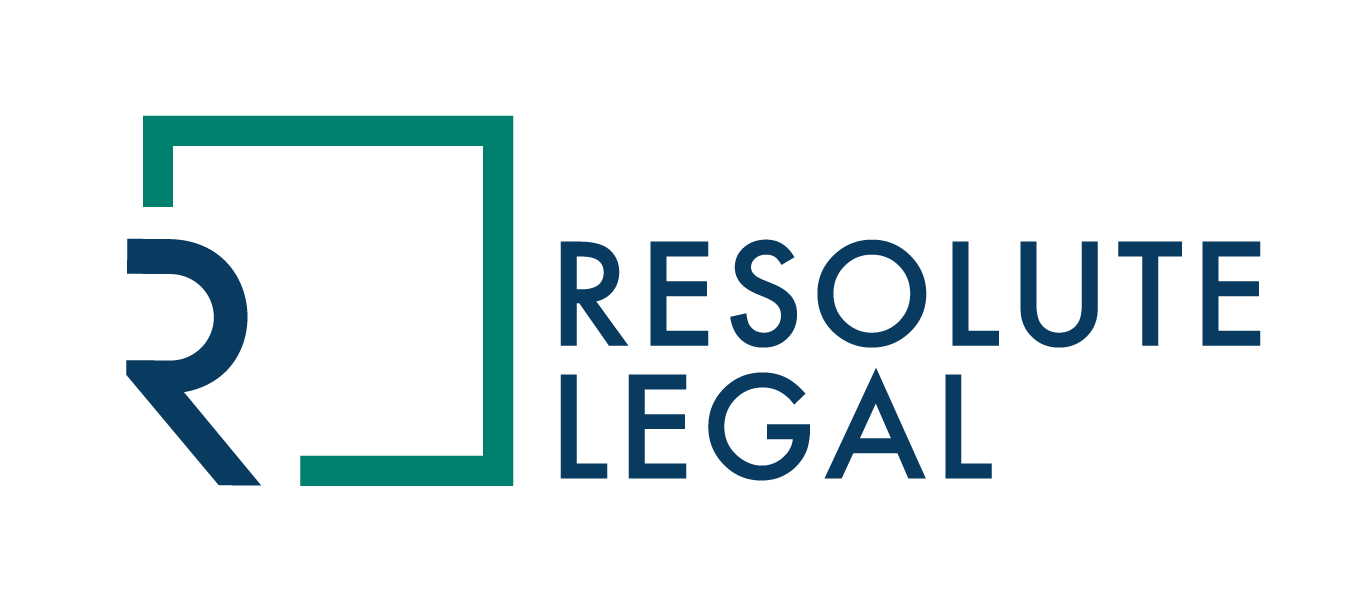Is Your Customer Contracting Hurting You?
When was the last time you evaluated your customer contracting process from top to bottom? How much revenue are you losing to inefficiency in this area?
Customer contracting is the lifeblood of your business – of any business. We earn money, reinvest to innovate, earn more money, and repeat. The more efficiently you generate revenue, the more resources you have for innovation. It’s that simple. As barriers to competition dwindle, your ability to innovate is your ability to survive.
However, many successful corporations with traditions rich in innovation struggle to free the big customer contract bogged down in minutia, clarify uncertainty surrounding critical business policies and initiatives and reduce time to deal completion. In many cases, a business might substantially increase quarterly revenue by streamlining customer contracting. So what’s slowing us down?
CEOs, COOs, CFOs, and GCs are asked (or are asking) the above question every day. The answer? There are many, but here are a few of the most common: “The customer is difficult,” “We have requested feedback but haven’t heard anything,” “Frankly, I have no idea” – that last one is probably closest to the truth in many cases.
Problems in customer contracting can arise both in and outside the deal team. A simple mantra applies in looking at the customer contracting process: if you don’t know that each step is part of the solution, you can be confident it is probably part of the problem. Here are some critical components to consider when evaluating customer contracting:
1. Workflow efficiency. Improved deal flow begins and ends with efficient workflow within the customer contracting team, including subject matter experts and legal counsel. Ensuring the right issues are addressed in the right sequence can reduce hold-ups. Here are some suggestions:
Create a framework to document and analyze your transactional flow and identify weaknesses in each case, weakness is an opportunity to significantly improve the completion rate;
Train your personnel to effectively identify, escalate and resolve inefficiencies in the customer contracting process;
Standardize the sequence of legal and business tasks to increase efficiency of hand-offs between team members and reduce waste and frustration;
Establish consistent objectives across the team; and
Create proper incentives for each team member to achieve those objectives.
By implementing the above, you may find customer contracting to be a competitive advantage.
2. Contracting with clarity. Many companies serve up “legacy” agreements more akin to the proverbial blunt object than the surgical one, and this may slow down the contracting process. The customer contract should be surgical; addressing key business and legal risks to establish the framework for a healthy customer relationship. In the modern corporation, general counsel has so much to worry about: regulatory risk and compliance, shareholder issues, litigation risk and more. Customer contracting may take up only a small fraction of their time. In that light, when was the last time you considered whether an alternative might work in place of continually problematic clauses in your customer agreements?
3. Managing negotiations. For many business managers, the contracting process loses momentum at the negotiation stage. No one seems to know what issues opposing counsel will raise, making negotiation a “black box”. Action items in sections 1 and 2 above should help you remove some uncertainty from negotiations, but there is no substitute for insistence that counsel (on both sides) bring a constructive approach to negotiation. Negotiations sidetracked by adversarial posturing, a real (or perceived) lack of negotiating authority, or a lack of collaborative creativity in developing mutually acceptable solutions have resulted in the untimely demise of more than a few business-critical transactions.
The bottom line: Every aspect of your customer contracting function is directly affecting your deal flow. So, are they helping or hurting you?
